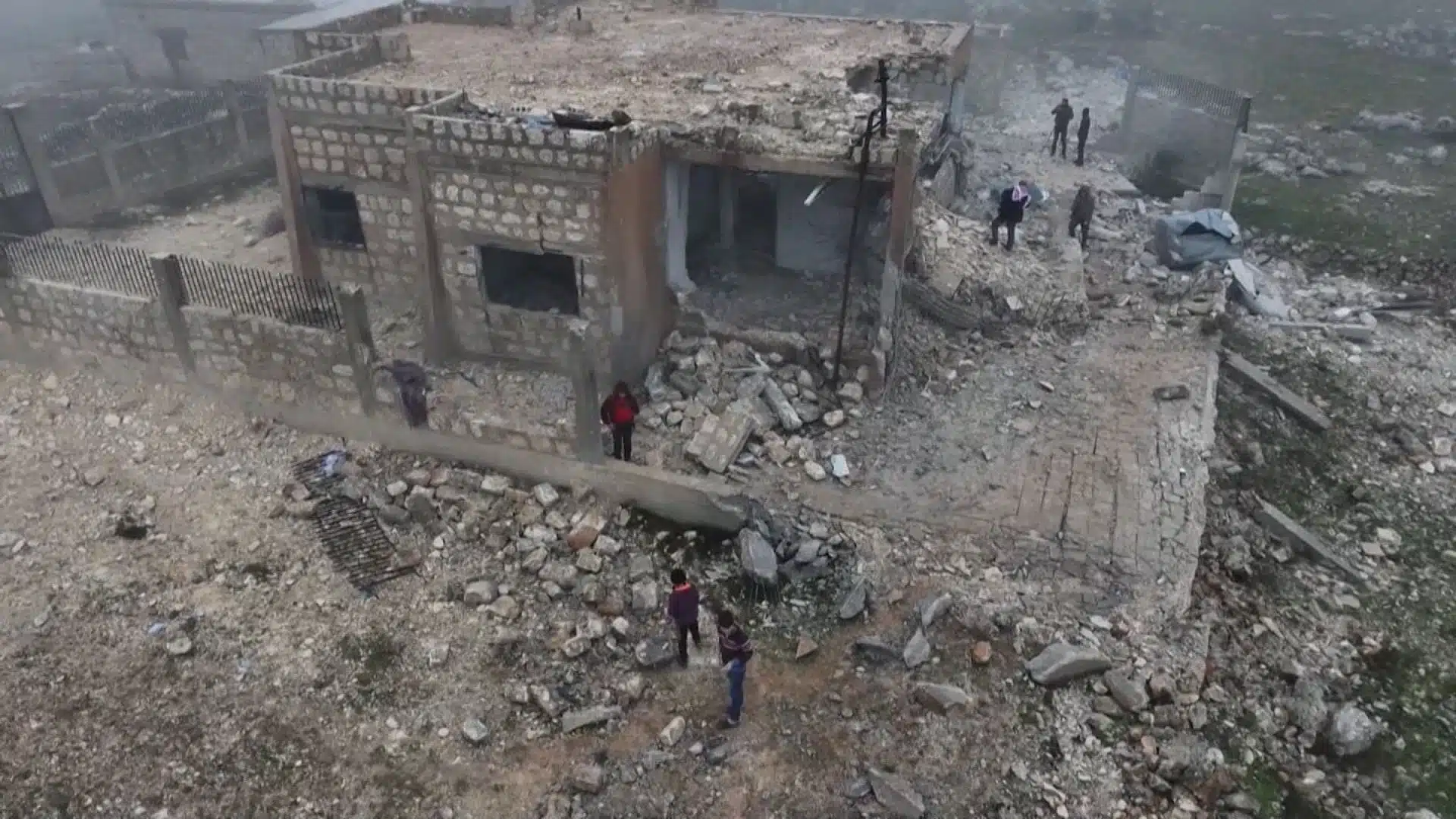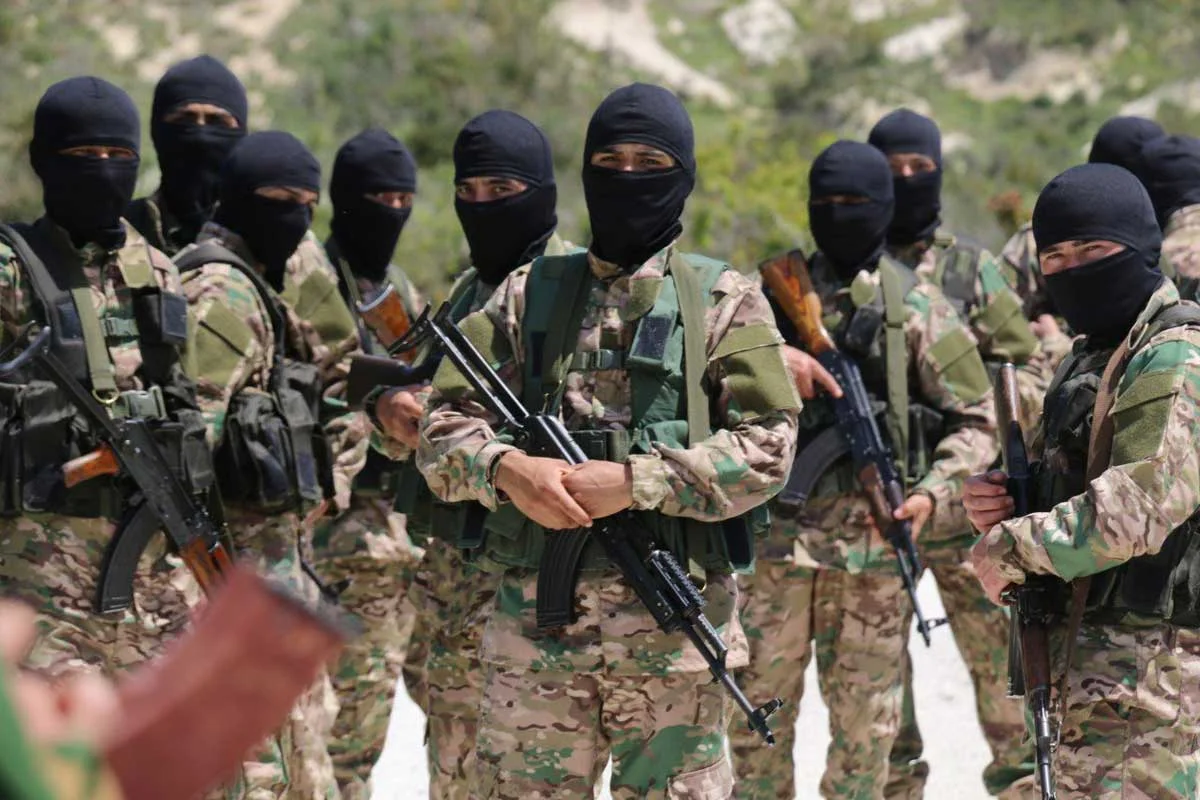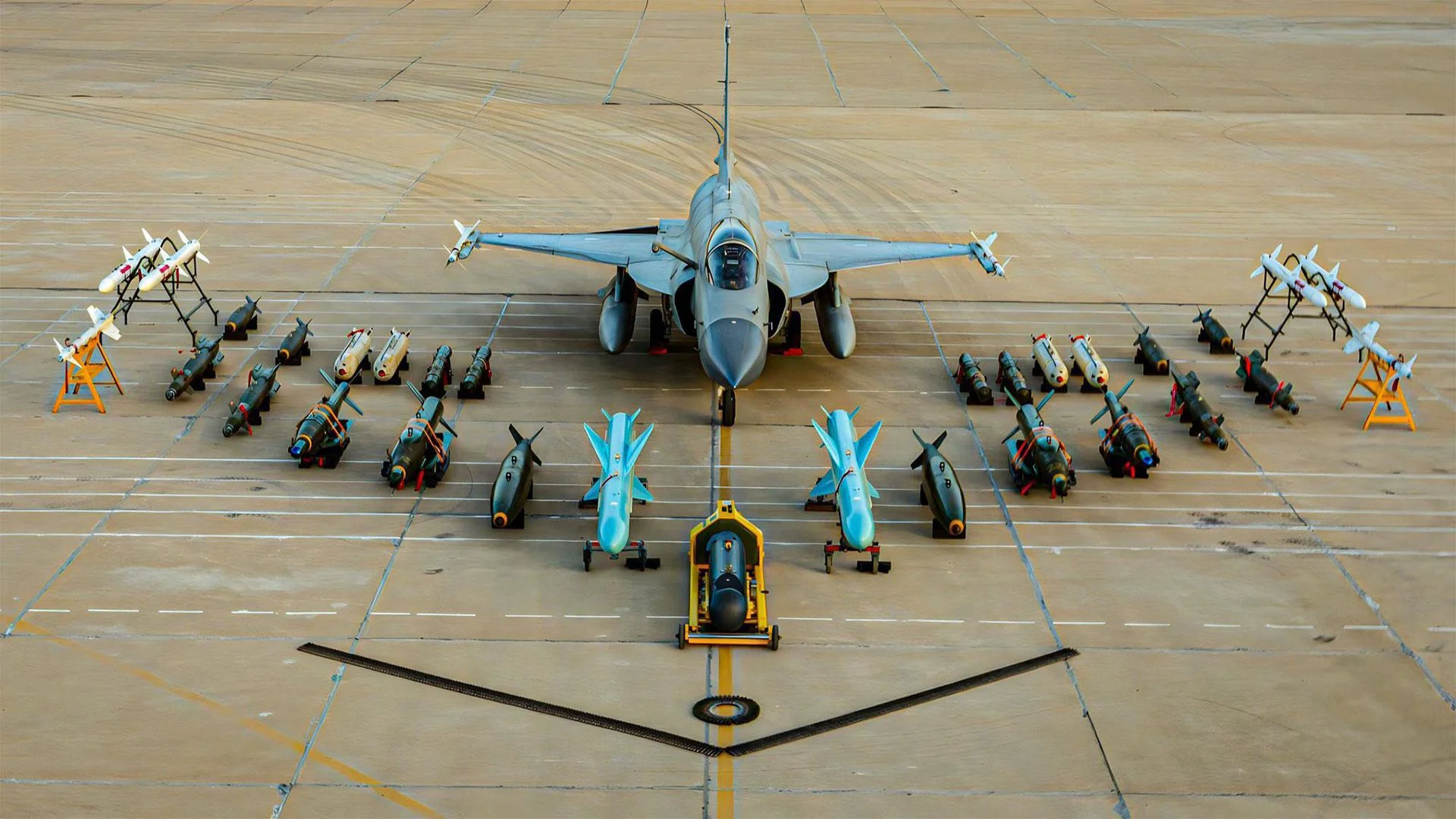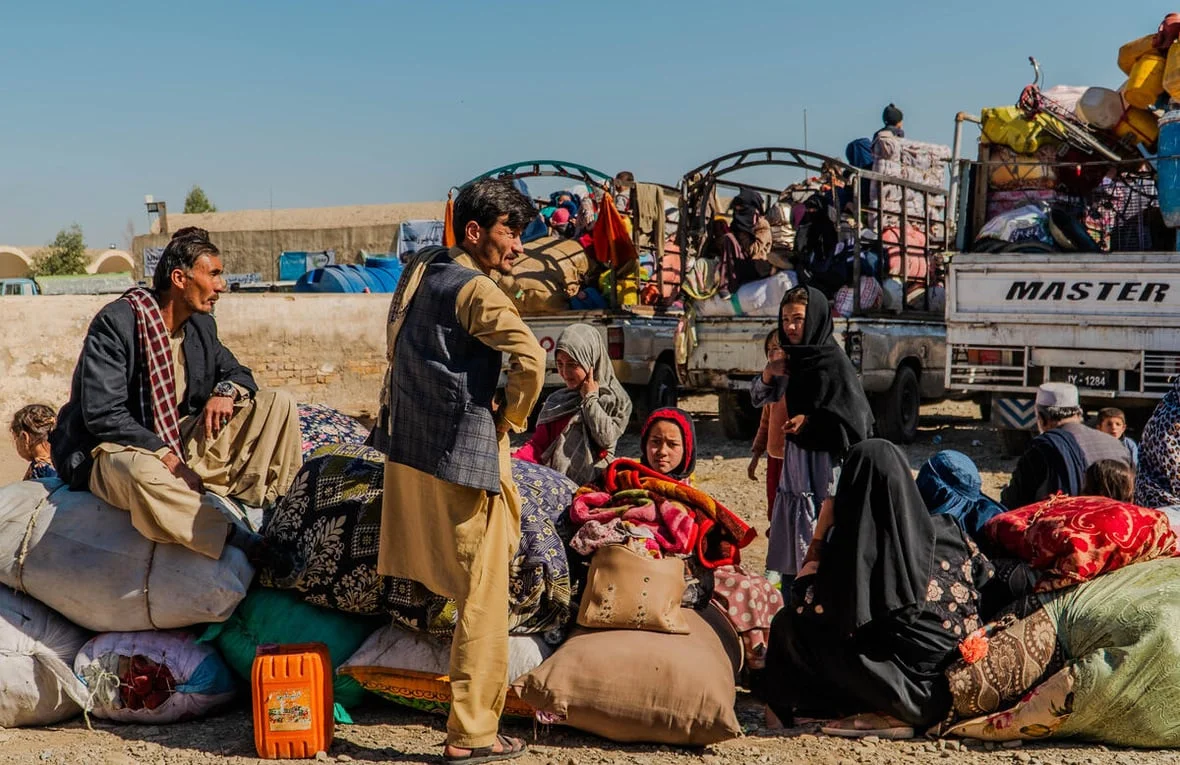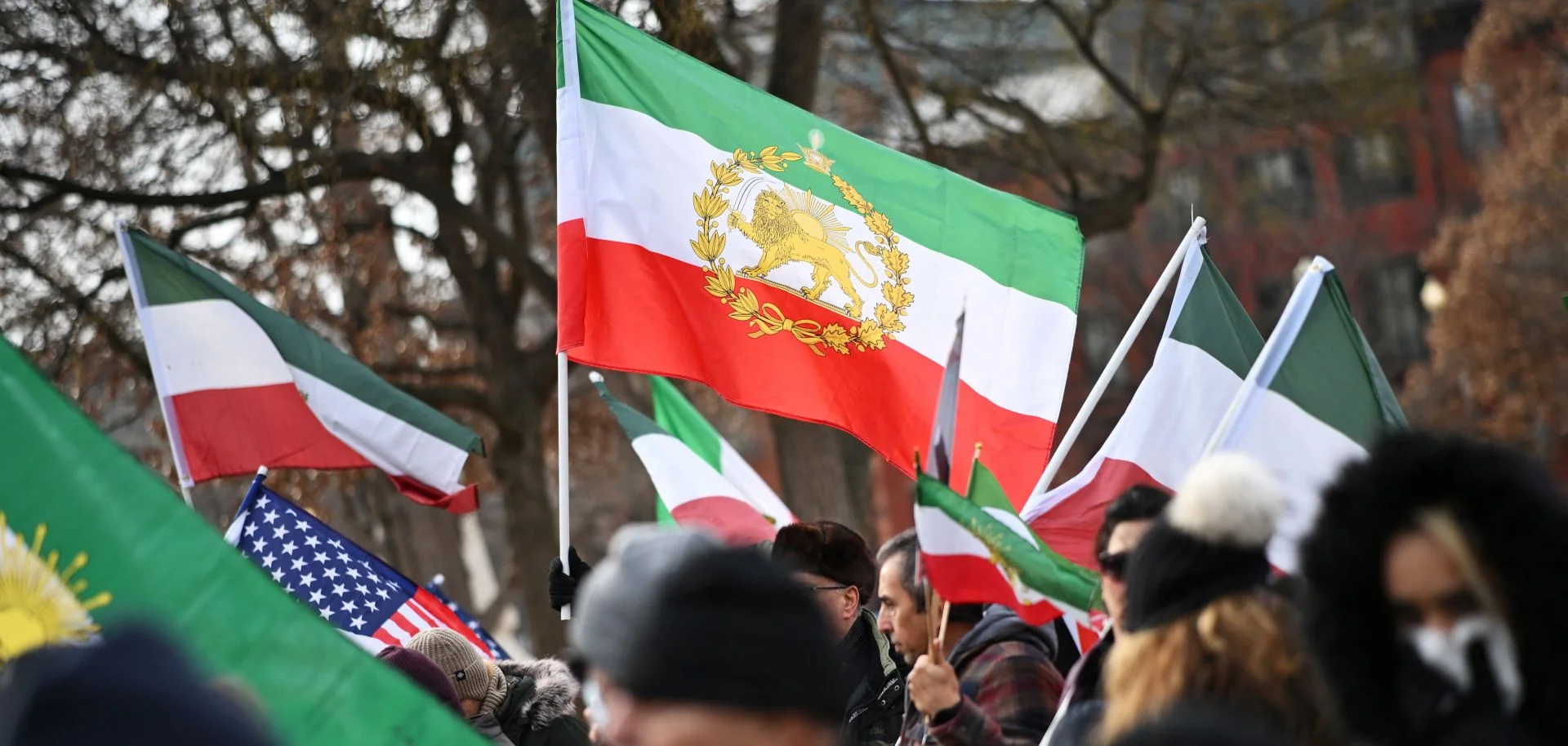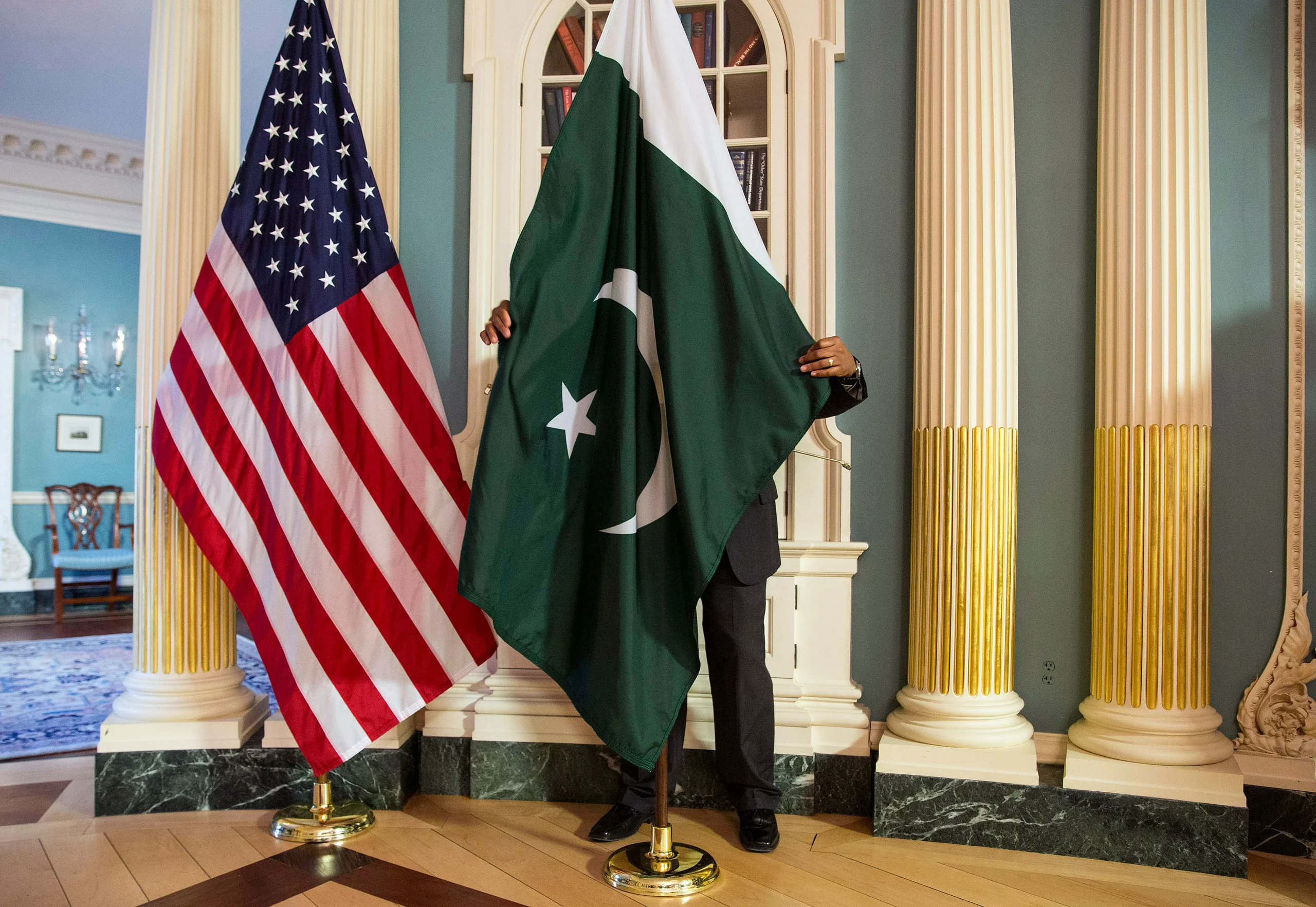Trading missile strikes between Iran and Pakistan was indeed a bizarre episode. Looking at the trajectory of the bilateral relationship, the recent airstrikes by Iran, by any means, are not justified. Pakistan is neither Israel nor the US, which are Tehran’s arch enemies. Moreover, there were no explicit warnings or exchange of harsh words prior to the incident. So, as a good guess, Iran’s move seems to be a result of its growing frustration at the domestic as well as the regional level.
Of late, Iran suffered two major terrorist attacks on its soil within a short span of just two weeks. On 15 December 2023, eleven Iranian police officers were reported to be killed by the Jaish al Adl. Later, on January 3, 2024, at least hundred people were killed as a result of two powerful explosions at the memorial ceremony of the killing of Qassem Suleimani, at Kerman. The situation in the Middle East, on the other hand, has become more intense, especially after the series of attacks on Houthis by the United States and United Kingdom.
Iran and Pakistan are brotherly countries, as the trajectory of history goes, they are capable enough to manage ties on their own, without any need for mediation.
The operation against the militants’ hideout inside Pakistani territory could have been carried out in a better and coordinated manner. After all, there is a history of intelligence cooperation for counter-terrorism between both countries. The element of surprise involved in Iranian strikes has potentially altered the very basis of Iran and Pakistan’s understanding of the complex nature of Balochistan-Sistan border security.
Pakistan’s response, however, was not only precise but also lawful. After the so-called Indian airstrike in Balakot in 2019, and the missile mishap in 2022, this is the third time Pakistan has dealt with the issue of air space violation responsibly, keeping the escalation ladder under control. These incidents have served as test cases for Pakistan in which Islamabad has emerged as a mature and responsible nuclear state. In all these instances, Pakistan has demonstrated its dual-capability of giving a befitting response within the ambit of UN charter and international law while also keeping the aggravation of conflict under check. This indeed carries an important lesson for both nuclear and non-nuclear states as how they should respond to ‘aggression’ while keeping the right balance between emotions and prudence.
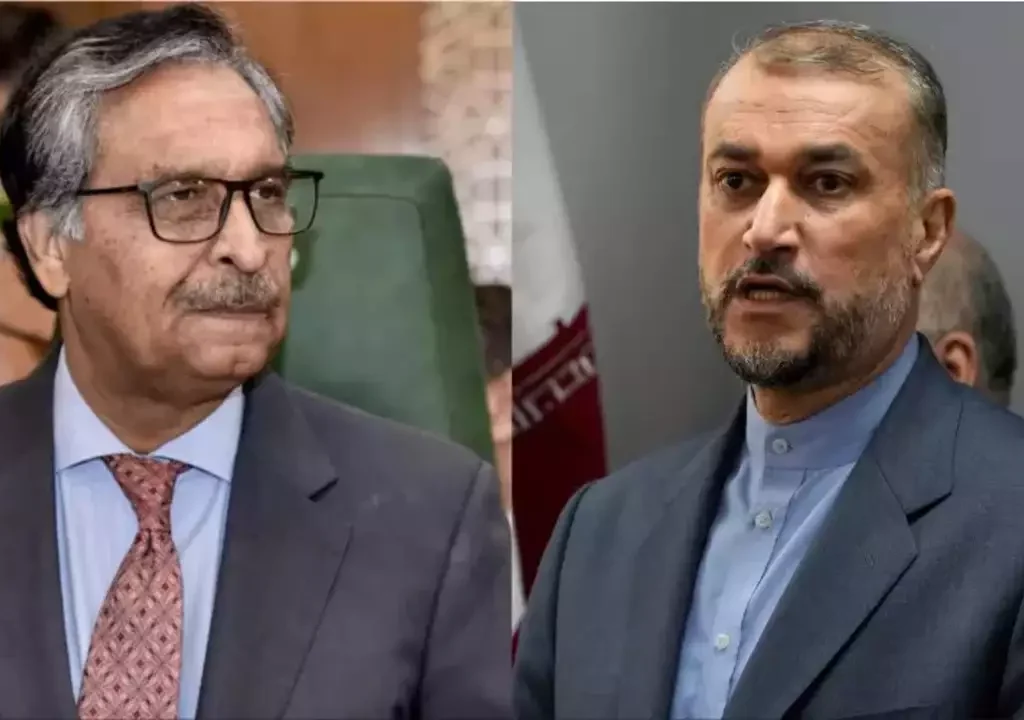
Coming to the recent exchange of missile attacks between Iran and Pakistan, there is no question of winning or losing that is usually discussed after such similar incidents between India and Pakistan.
Iran and Pakistan are brotherly countries, as the trajectory of history goes, and capable enough to manage ties on their own, without any need for mediation.
So, the point of discussion is not to trace the reason behind the Iranian airstrikes but to look into the bigger question – what comes next?
Although tensions between the two countries have dialed down, the future is still not completely ‘risk free.’ Iranian ‘missile adventure’ can potentially set a precedent in the region, where launching similar attacks may become a ‘new normal.’ Considering the complex nature of the Iran-Pakistan border areas and extra-regional power’s maneuvering in Balochistan-Sistan region, the trading of airstrikes could trigger a large-scale conflict.
Furthermore, the recurrence of such incidents in the future would likely push militants into other parts of the respected countries, possibly urban areas. This possibility cannot be ruled out because urban terrorism has rapidly moved out from theoretical hypotheses to an actual threat reality. There are also chances that militants would move to the adjacent bordering areas of Afghanistan which will eventually drag Kabul into a gambit of ‘surprising attacks.’ If such a situation unfolds, regional security will further deteriorate.
The recent airstrikes, no doubt, have threatened the support bases of Jaish al Adl, Balochistan Liberation Army (BLA), Balochistan Liberal Front (BLF), and several other militant groups in the rocky hills border region. Apparently, this is good because Pakistan, Iran, and Afghanistan seek greater engagement with China, which is possible only when the militancy threat from this region is reduced and eliminated. But this ‘surprising airstrikes’ strategy cannot be considered a pragmatic approach to deal with militants because it is bound to strike back.
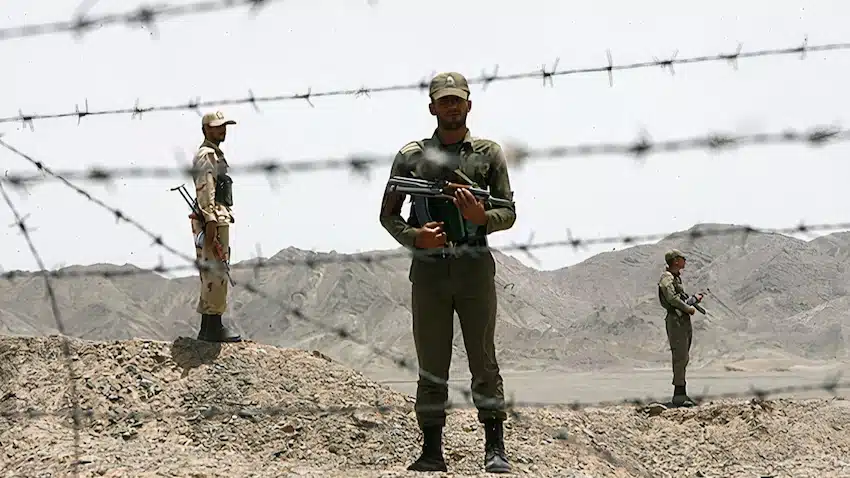
Militant organizations will likely change their strategies to cope with such a trend. For instance, relocation of their headquarters and sanctuaries from Balochistan-Sistan region to other parts, making alliances with other like-minded militant groups, outsourcing potential targets, and re-emerging with different names and structures, are a few possible steps that militant groups may take.
This is not something new; we have seen in the past that several militant organizations reestablished themselves in the wake of military operations and resurfaced with more violent attacks.
Tehreek-e-Taliban Pakistan (TTP) and the Islamic State of Khorasan Province (ISK-P) in Afghanistan are prominent examples in that regard. Both groups have demonstrated utter resilience after series of operations against them in the past and continue to realign, reemerge.
Having said that, Iran and Pakistan should demonstrate greater responsibility. They need to institutionalize the counterterrorism mechanism by involving other stakeholders, like Afghanistan and China. This is high time that a comprehensive regional mechanism for countering terrorism is brought back into the mainstream discussion.
Apart from intelligence sharing, an agreed framework of joint or coordinated military actions against militants is essentially required to end the airspace violation saga which is mutually destructive.

